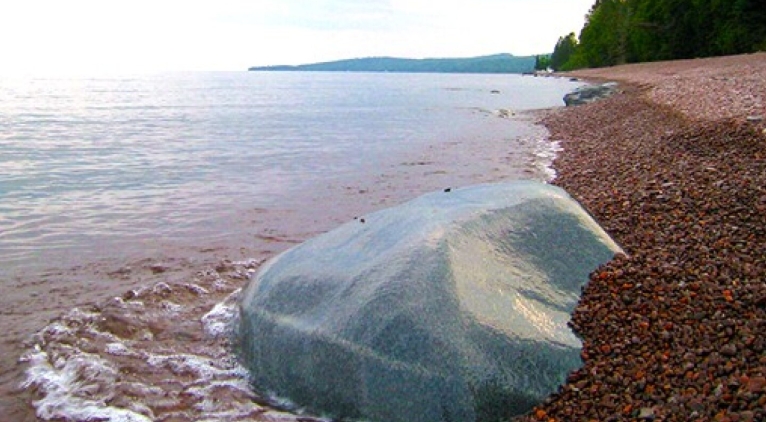Coastal features are among the planet’s most dynamic and beautiful landscapes, offering a unique glimpse into the interplay between land and sea. Understanding these features is essential not only for appreciating their natural beauty but also for recognizing their importance in ecosystems and human activities. In this article, we will explore various coastal features, their significance, and how they are shaped.
Types of Coastal Features
Coastal features vary widely, from sandy beaches and dramatic cliffs to rocky shorelines and tranquil estuaries. Beaches, often the most familiar coastal feature, serve as vital recreational spaces and habitats for numerous species. Cliffs offer stunning views and act as critical habitats for seabirds. Estuaries, where freshwater meets saltwater, are rich in biodiversity and serve as nurseries for many marine animals. Understanding these different types of features helps illustrate the diverse ecosystems that thrive along coastlines.
The Importance of Coastal Ecosystems
Coastal ecosystems are incredibly important for both environmental health and human livelihood. They provide essential services, including coastal protection from storms, habitat for wildlife, and resources for fishing and recreation. Wetlands, for example, act as natural buffers against flooding and erosion, while also filtering pollutants from water. By protecting these ecosystems, we can ensure not only the survival of various species but also the continued availability of resources for future generations.
The Threats to Our Coastlines
Despite their importance, coastal features face numerous threats from climate change, pollution, and human development. Rising sea levels, caused by global warming, can lead to erosion and loss of habitat. Pollution from land runoff and plastic waste further degrades these ecosystems, endangering marine life. Coastal development, including the construction of resorts and residential areas, often disrupts natural processes and habitats. It’s crucial for communities to adopt sustainable practices that protect these vital areas, ensuring their preservation for future generations.
In conclusion, coastal features are not only captivating landscapes but also critical ecosystems that support life both in and out of the water. By learning about these features and the challenges they face, we can take meaningful steps toward their conservation. Explore your local coastlines, participate in beach clean-ups, or educate yourself further on sustainable practices. Every small action counts in protecting these beautiful and essential environments!

